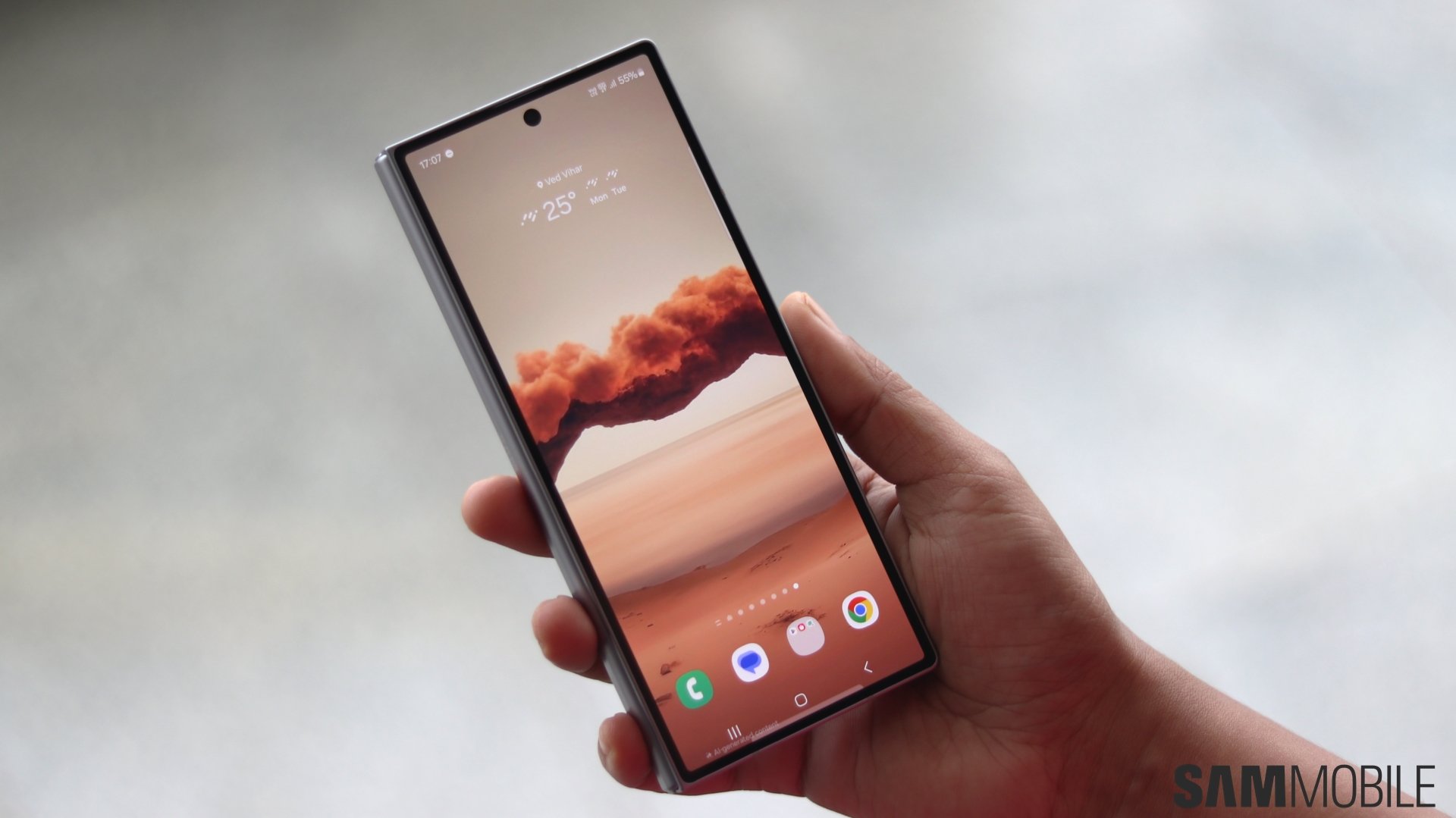There's no denying the fact that the iPhone is perhaps one of the most iconic devices ever created. It has not only changed Apple's fortunes by bringing in countless billions of dollars but has also become a lifestyle choice for a lot of people across the globe who can't fathom using any device other than an iPhone. Despite going through some major design changes, the iPhone has retained a familiar silhouette, making it one of the most instantly recognizable phones on the planet.
Much has been said about Apple not taking any chances with the iPhones design over the past several years. The changes, if any, have been increasingly minimal to the point where people have started to joke that all new iPhones look the same as the models they replace. Third-party kits that let users slap new camera housings on their old iPhones to make them look like the latest models.

The fact of the matter is that it doesn't really matter to Apple's customers that the iPhone isn't getting any major design changes. If there were really feeling bad about it, the company would have received a lot of negative feedback, and wouldn't have sat by while its decision to take it slow on design changes irked customers. It has figured out that as long as the user experience on the iPhone is solid, its customers aren't that concerned with the looks.
This stability, if you will, for the design has also not put off those for whom the iPhone remains an aspirational purchase. There are still many emerging markets across the globe where people save up their money to buy an iPhone. They have in their minds an idea of what the iPhone looks like and they also know what the people they want to impress by showing off their iPhone know what that phone looks like.
You can spot it from a mile away in someone's hand and know that they're using an Apple device. Barring the Galaxy Note series, there hasn't been one such ubiquitous device for Samsung, and even the Galaxy Note was only really known to the Android faithful and now it ceases to exist, having been . The Galaxy S series has gone through many design modifications over the years, from curved edge displays to , curved corners, sharp corners, it has seen them all.
Every few years there's some new design idea that Samsung introduces and sticks with for a couple of iterations before moving on. That has made the Galaxy S series lack that design stability that the iPhone has enjoyed and exploited to the maximum. Perhaps these frequent design changes are a necessity for Samsung, considering the competitive space that it finds itself in.
Apple's advantage is that there's no other company making iOS-powered phones, so it has the luxury to dictate what it does with the device. Samsung is up against some pretty good flagship Android phone makers so the company has to go the extra mile to make its devices stand out from the competition. Yet, as far as design stability goes, the Galaxy Z Fold and Galaxy Z Flip foldables have the potential to be for Samsung what the iPhone was for Apple.
Look at all of the foldables it has released since 2019 and you'll notice that the design changes have been subtle and more focused towards refinement, much like the iPhone, as opposed to drastic changes year after year. The latest models, the and , highlight this perfectly as they're hard to distinguish from their predecessors at first glance, but you'd know by the form factor and the silhouette that it's a Samsung foldable. The thought that the foldables could be for Samsung what the iPhone was for Apple popped in my head in a rather interesting fashion.
After finishing a rather grueling hike, one that involved a climb of over 4,000 ft, I asked a person to take a photo of me at the summit using my Galaxy S22 Ultra. They were pretty impressed with the camera results, even though they had been taking pictures with a mirrorless camera themselves, and asked me what phone it was. Now I imagine if I had been using an iPhone (the horror!) that would have been instantly recognizable, but this person, who had an iPhone as well, couldn't realize at first glance that the device they were holding in their hands was a Samsung.
On the contrary, one day while checking train schedules on my Galaxy Z Flip 5 at the station I had a person standing next to me perk up immediately and ask with a certain curiosity “this is that Samsung foldable, isn't it?” They were most curious to touch and feel the crease on the foldable panel, because that was something unique for them. Samsung's foldable haven't been around for long and a lot of people are still unaware that these devices exist, yet they have that instantly recognizable potential that the iPhone has long had. Being the first to turn foldables into mass-market devices has given Samsung a dominant position in this segment.
By being more discrete with the design changes every year while retaining an overall familiar look and feel for the models, Samsung is slowly but surely making it so that its foldables phones become as universally recognizable from a distance as the iPhone. There's the obvious form factor limitation, these devices have to fold and that reduces what can be done in the design department, but Samsung strategy so far has been working. Samsung envisions foldables contributing to a major chunk of its flagship phones sales in the future.
That can only happen when a certain desirability is created, not just with features and tech, but with the design as well. Samsung already has the advantage of being the leader in the foldable space, and with Apple not expected to jump in any time soon, it has considerably much less competition than it would otherwise have. That just makes it perfect conditions to achieve with Apple has done with the iPhone.
.


















